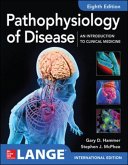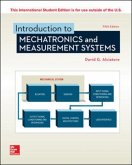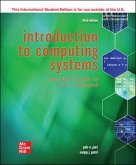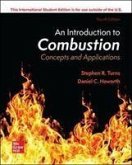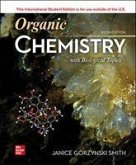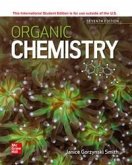Introduction to Chemistry takes a conceptual approach to introductory chemistry. Chapters open with a scenario involving real-life students to connect abstract chemical concepts to students' lives. Math is introduced on a need-to-know basis. This conceptual approach first teaches the chemistry and then shows students how to use the math with the chemistry. We recognize how important it is for students to apply chemistry to their world, so applications - especially medical- and environment-related applications - are provided throughout the text, marginal notes, worked examples, and end-of-chapter problems. eBook Features: . Examples and Practice Problems provide a "read-a-little, do-a-little" approach for students, breaking difficult concepts down into accessible portions. . Concept Review questions are auto-graded and integrated into the eBook, providing immediate feedback for students as they test their knowledge of the chapter. . Digital flashcards for key terms and definitions provide an interactive study experience for students. Content Features and Updates: . Chemical values and data between the print text, eBook, and ALEKS are now parallel with one another. Numerous tables, figures, and problems throughout the text have been updated to mirror the data in ALEKS, thereby presenting unified chemical data. . In an effort to present the material in this text to the widest range of students, the content and artwork of this edition has been reviewed and updated to improve accessibility and ensure that it reflects the diverse student audience for whom it is written. The color contrast in many figures has been adjusted for better visibility, and it is hoped that the photos in the text better represent a diverse audience. . Consider This elements offer conceptual-in-nature questions at the end of worked examples. These questions prompt students to extend their understanding beyond the focus of the worked examples. . Key Concepts replace end-of-chapter summaries. Presented in outline form, they guide student discovery of the most important ideas discussed in each chapter. . Concept Review multiple-choice questions follow the end-of-chapter questions and problems. Because most students in an introductory chemistry course will take multiple-choice exams, these questions provide them with an outstanding practice opportunity. The conceptual nature of these questions helps students develop deeper understanding and critical thinking skills. After each question, a follow-up question provides additional practice with the analysis of multiple-choice responses. . The Art Program, considered the best in the market, has been improved even further with accessibility updates and revisions for consistency of color usage with ALEKS. To help students connect verbal descriptions to molecular-level representations, the program uses symbols and zoomed-in art to show critical phenomena at a molecular level. . The problem-solving approach is supported by worked Example Boxes. Problem solving in chemistry is much more than algorithmic number crunching. It involves applying principles to solve problems. Conceptual problems require students to apply their understanding of concepts instead of just an algorithm. This text emphasizes underlying concepts when discussing numerical problems within in-chapter worked examples as well as end-of-chapter problems. . The best approach to incorporating math involves development of associated math on an as-needed basis, with an emphasis on concepts that the problems are trying to illustrate. This text integrates need-to-know mathematical ideas that are important to chemists into conceptual discussions. . Math Toolboxes include lists of accompanying end-of-chapter problems. . Toolbox Icons in the text margins point students to the appropriate review material.
Hinweis: Dieser Artikel kann nur an eine deutsche Lieferadresse ausgeliefert werden.
Hinweis: Dieser Artikel kann nur an eine deutsche Lieferadresse ausgeliefert werden.


